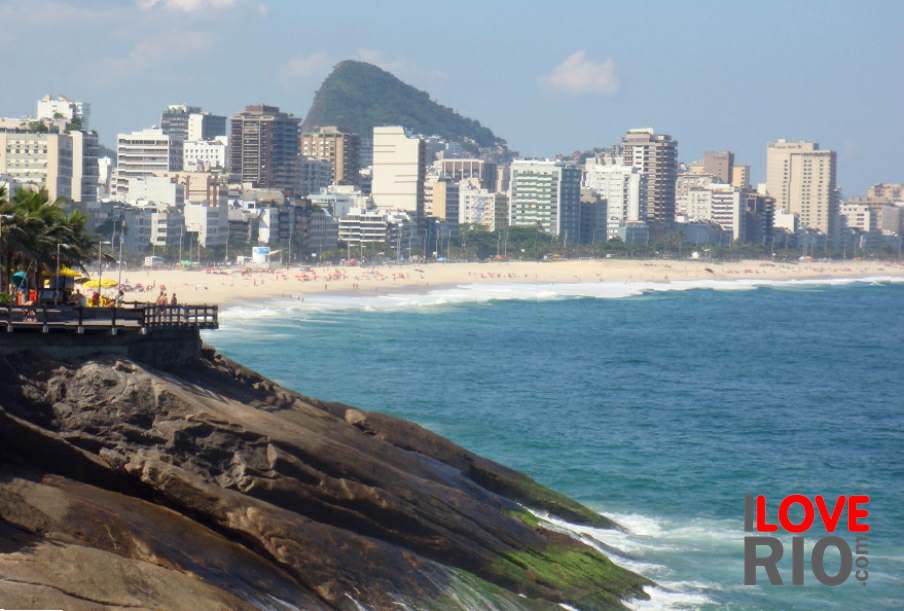

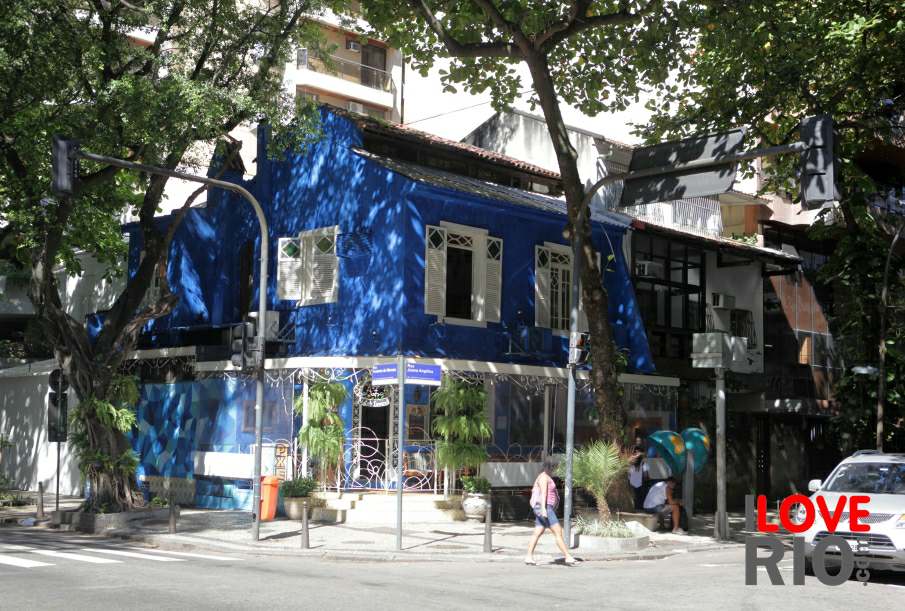
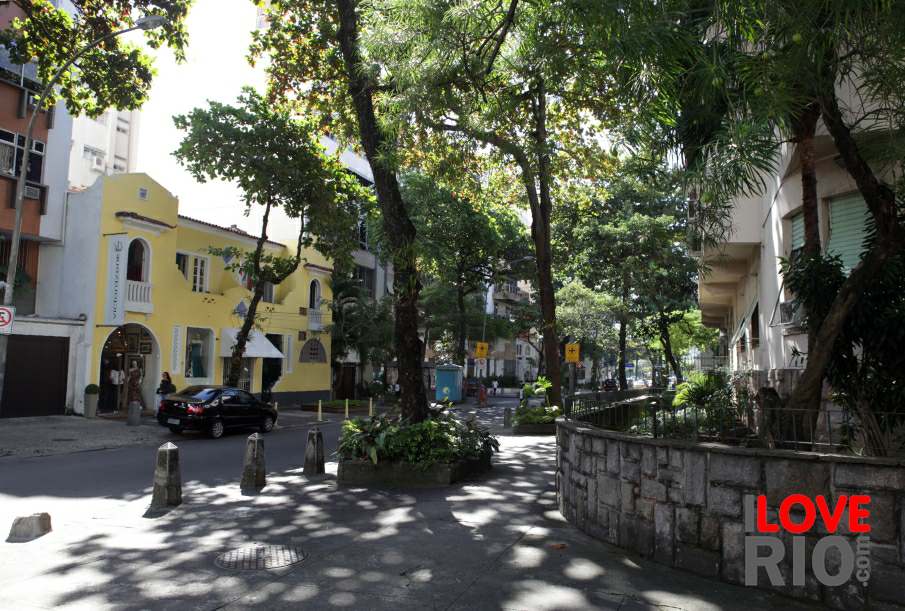
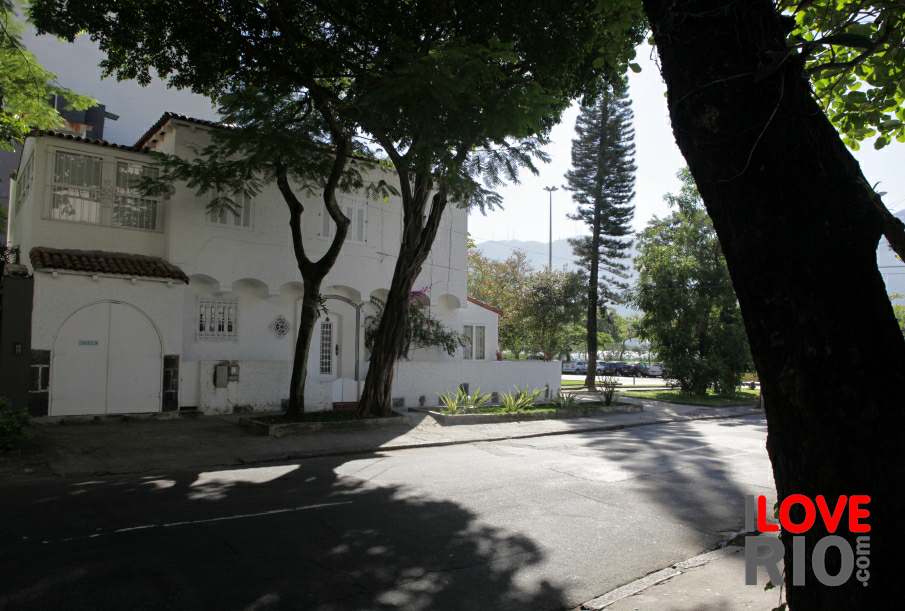
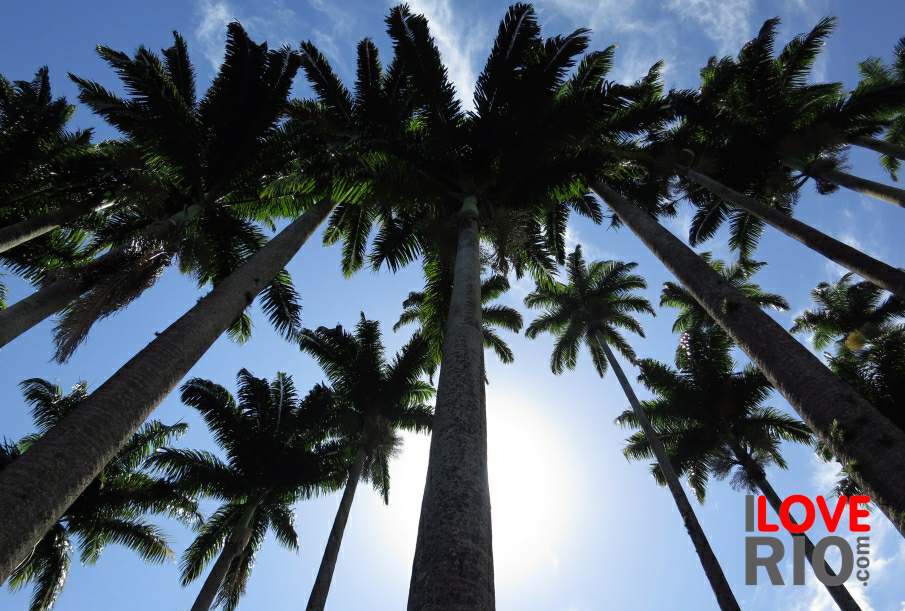
at a glance
Although one would be forgiven for believing that the name of the region comes from the tree of the same denomination, it in fact derives from an indigenous expression, 'pyty-nguê-ra', which translates to 'Suffocated' or 'Drowned'. For centuries after the arrival of the Portuguese, the area which now corresponds to the Pitangueiras district was a wide wilderness. It only began to be settled in the early 20th century, following a trend towards occupation of previously undeveloped stretches of coastline. in the late nineteenth century, prior to the urban development There was an ant poison factory located nearby, which was demolished in 1940. In the early 20th Century tram lines started to spread across Rio de Janeiro, allowing people to move more freely, which led to the establishment of new residential areas. The line which encompassed Pitangueiras arrived in the 1920s and in the same decade a small fort was built on the Ponta do Tiro, or 'Shot's Edge', where a cannon and flagpole were installed, In the 1990s it was converted into a monument.
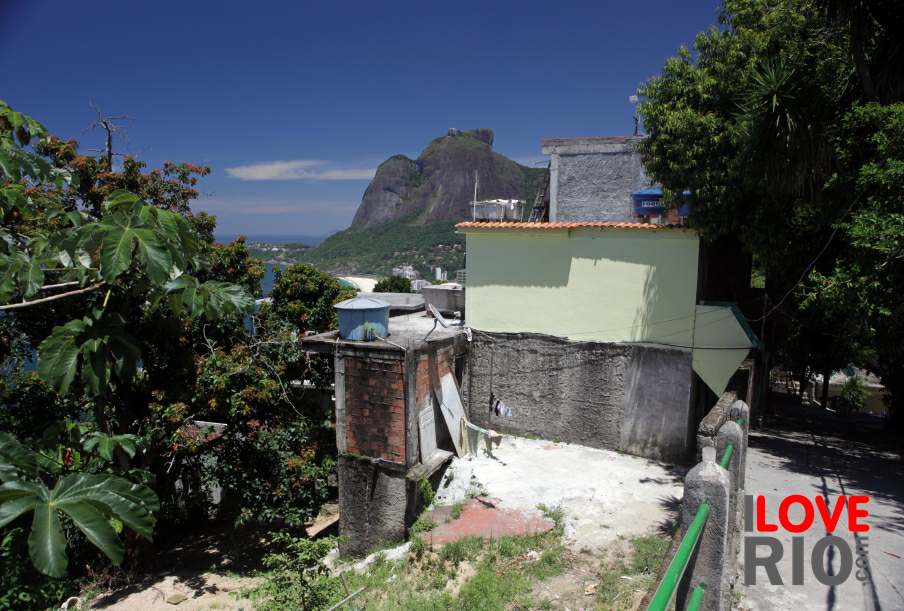
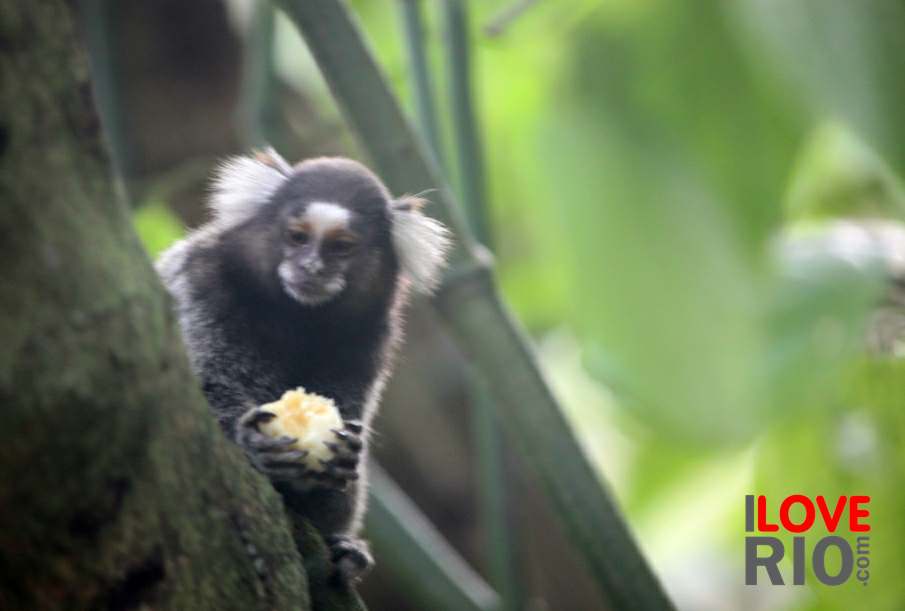
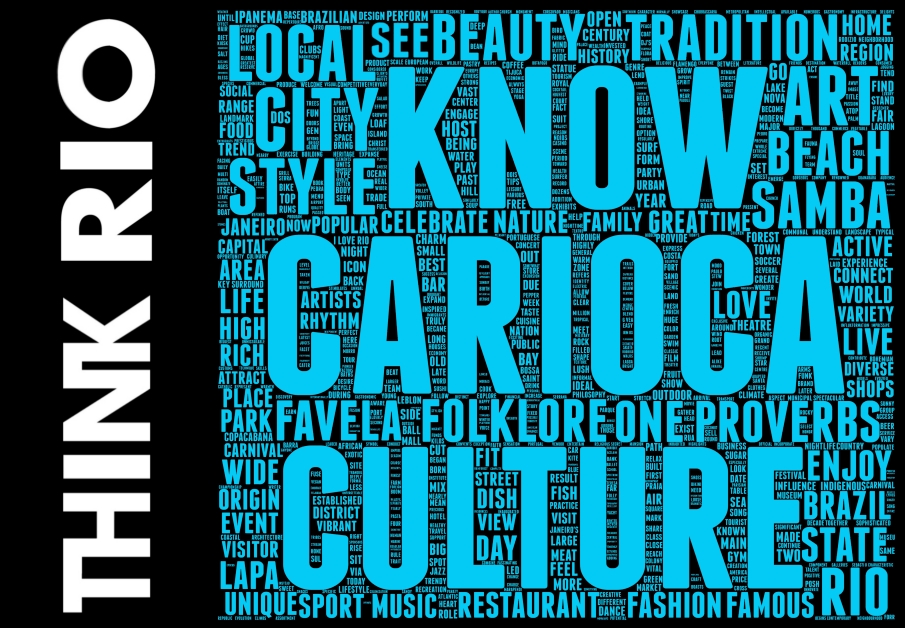
zona norte





